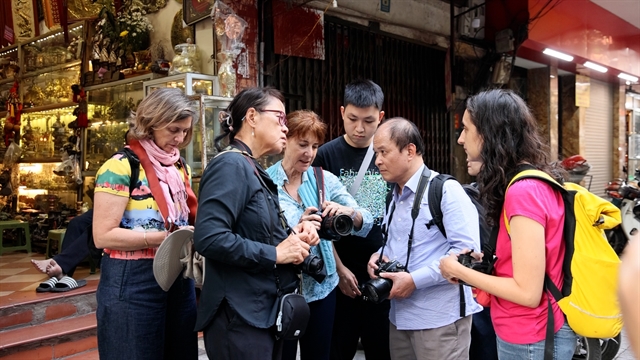 Life & Style
Life & Style
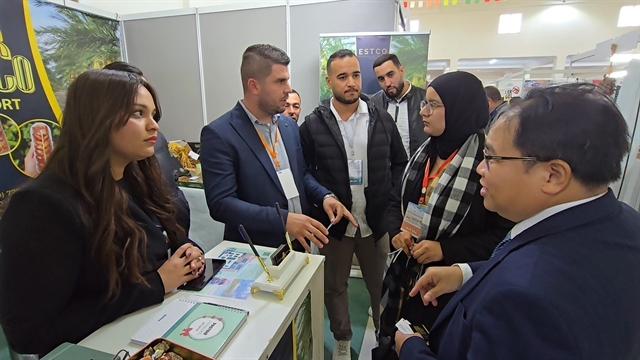
Hoàng Lan
Locally known as lá mơ (scientific name Paederia foetida), which grows naturally in the wild, is a popular herb to be cooked into many tasty dishes in Việt Nam.
When you crush the leaves of this plant you get a bit sulphuric smell, also earning its international names Stinkvine or Skunkvine.
The delicious dishes with lá mơ include fish salad, fermented pork skins cut into threads, fried with egg, eaten with boiled pork leg, wrapped around a fried spring roll, eaten with goat meat and many others, said local Phùng Thị Phòng, 80.
She reveals several recipes to cook lá mơ into delicious dishes. They include fried egg with lá mơ: The leaves are sliced thinly, mixed with beaten eggs, a little salt and fish sauce and stirred well before frying the mixture. The dish is a colourful mix of yellow from the egg and the vibrant green of the leaves, it creates an savoury flavour and is rich in nutrition, attracting not only diners but also gourmets.
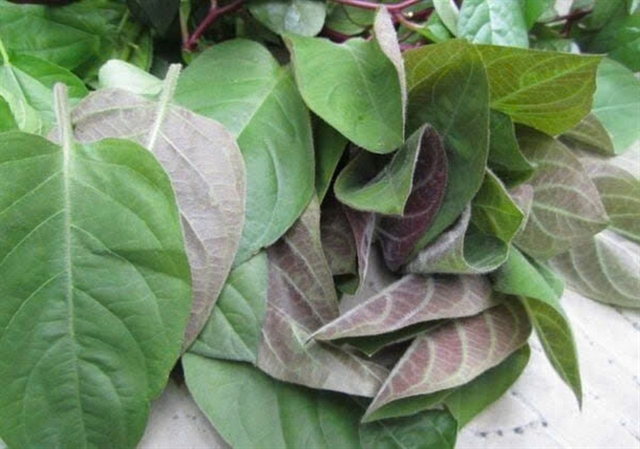
|
| 'Lá mơ' leaves are sold widely in traditional and ordinary supermarkets. Photos fptshop.com.vn |
Lá mơ cake is very popular dish cooked by people in the southwestern region. First the leaves are ground carefully to obtain the green colour and mixed with rice flour. When the cake is steamed well, the outside is dark green, while the fragrance is light and special. It is even more enjoyable when dipping it with nutty coconut juice mixed with sesame salt.
There is also a popular fish dish made of climbing perch (Anabas testudineus) wrapped in lá mơ leaves: The fish is cooked by either being grilled or deep fried after being wrapped in lá mơ leaves. The dish has a lovely nutty taste of the fat from the fish, in combination with the wild pungent taste from lá mơ, bringing a genuine culinary experience for foodies.

|
| Boiled pork leg wrapped in lá mơ leaves dipped in shrimp paste is a favourite dish. |
Boiled pork leg wrapped in lá mơ dipped in shrimp paste locally known as lá mơ cuốn thịt luộc chấm mắm tôm.
This is a very popular dish, beloved by many eaters, particularly for those are interested in sipping it with a cup of rice wine.
“The leaves not only help to increase the savoury elements for the dish but also reduce the pork’s greasiness. I enjoy it very much, for its strong nutty taste, mixed with the pork’s umami and the rich flavour of shrimp paste,” Phòng told Việt Nam News.
Apart from these delicious dishes, many foodies said they like to try fried spring rolls in lá mơ. The leaves are a wrap for the spring rolls, which are then fried and then eaten dipped in sour and sweet sauce mixed from vinegar, salt, sugar and chilli, creating an attractive and genuine flavour.
“The lá mơ leaves help to reduce the feeling of greasiness from fried spring rolls, making the dish unforgettable,” Phòng said.
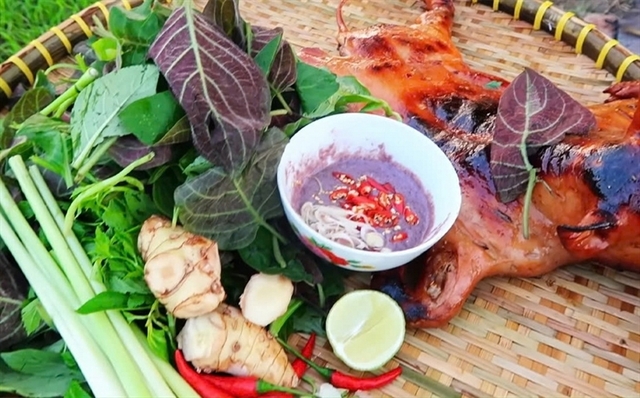
|
| Diners say climbing perch (Anabas testudineus) wrapped in lá mơ leaves is an unforgettable dish. |
Previously more widely used in rural cuisine, these days, lá mơ has become speciality beloved by urban diners. The leaves are now stocked nationwide, sold in traditional stores and in supermarkets nationwide.
Farmers in Đà Nẵng’s Phong Nam Hamlet consider growing lá mơ an easy way to earn some extra money, so they have started to cultivate the crop, planting the herb everywhere in their hamlet from fences along the roads to gardens and in the fields.
“In the past we only picked the leaves grown wild to cook one or two dishes and treat several ailments. But for several decades now the leaves have become best seller so almost local households plant them to meet increasing demand,” said local farmer Nguyễn Thị Thanh.
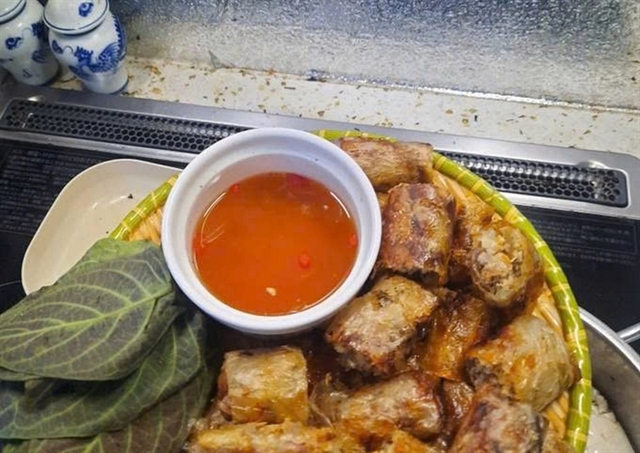
|
| Foodies are interested in amazing fried spring rolled wrapped in lá mơ leaves. |
She added it is a nice stable way to earn some extra income. It needs very low initial investment because farmers can grow this perennial, evergreen plant for many years. Each household earns an average of VNĐ 5-7 million (US$ 192- 270) per month. VNS




